Tropical Medicinal Plants Course Week 3
This week we focused on various food and diets that are best for us and the environment, and referenced many books and videos. We looked at our diet from a historical perspective. Before fire, our diet consisted of mainly vegetables, fruits, nuts and seeds. This simple diet, and athletic activity involved in gathering these foods laid the foundation for the development of our species and were the building blocks of our evolution. Humans prospered for a long time on this diet, and populations were increasing dramatically, and humans migrated further and further in search for food, and thus developed new tools including fire.
“There was a transition from food gatherers to hunter-gatherers. These new groups of humans began to hunt and cook food. It is interesting to note that the ancient texts from India mention that when humans began to eat meat and cook food, 13 new diseases arouse to inflict our species. It’s easy to list at least a half-dozen parasitic infections alone, not to mention, coronary, renal and arthritic diseases that researches are now revealing stem from excessive animal fats in our diet.” (Bernhardt, 28)
As our species expanded, the next stage of human development was agriculture, where humans planted, harvested and domesticated animals as their food source. This period lasted for millenniums, and its height manifested in civilizations in India and Asia in Hindu and Buddhist religions, where a vegetarian diet was mostly practiced.
The last 500 years of human development has boomed with technology and industrialization, and most of our population has become urbanized and centralized. Our diet reflects this highly technical support system, and most food is processed to preserve the food in storage. The reason food has become process driven is profit, because foods that can remain edible for long periods of time present less profit loss.
“The processing of food also reflected society’s tastes as well. What was considered finer and refined became the popular trend in food. Therefore, we see many of our whole foods have been processed for taste, instead of health. White bread, white sugar, and white rice represent a few examples. At the expense of taste, we have sacrificed nutritional value, since the processing of these foods eliminates the fiber and nutrient content.” (Bernhardt, 28)
Our food is processed with preservatives, stabilizers, artificial flavors, and in agriculture, technical methods has become normal to produce food, using pesticides and many agrochemicals. Our food contains levels of these chemicals, lower level of nutrients. Genetically modified foods which presents many problems as well.
Agriculture is the sister science of nutrition, and should be seen that way. I think with a new appreciation of terroir, we can grow food for taste and nutrition, because nutritional food really tastes best.
Because of our popular present diet, hospitals are always full of patients with chronic, degenerate and malignant disease related directly to diet and environmental contamination. The average life span is extended through drugs and surgery, yet cancer, heart and kidney disease are almost a guaranteed when eating the common Standard American Diet (S.A.D.).
The foods that contribute to rapid aging and chronic disease can be called the enemies of our health. These include smoking, alcoholic drinks, excessive coffee and black tea, sugar, salt, processed foods such as white bread, white rice, canned goods, and heated refined oils. All of these enemies can be replaced by healthful things like fresh air, pure water, fruits and vegetables, herbal teas, honey, stevia, spices and herbal condiments, whole unprocessed foods like whole wheat and whole grain, and freshly prepared meals.
We then learned about the macrobiotic diet, which was first introduced in the West by Mishio Kushi during the early 1970’s. The diet is inspired by the Buddhist vegetarian tradition, and eating organic foods grown locally. Macrobiotic means “long life,” which is the purpose of the diet, and is centered around vegetables, seeds, nuts, fruits, and whole grains, especially rice, as well as whole wheat products and soy products like tofu and miso. Heating foods to high temperatures, as well as the use of animal products is restricted. This diet adapts well in Central America, where rice and beans are a traditional food, and fruits and vegetables are accessible.
The live food diet was then discussed, and even though difficult to achieve in northern climates, very easy to achieve in the tropics. The live food diet is strongly recommended to people suffering from chronic illnesses, and who are in need of a lifestyle change. Ed likes to call it the regenerative diet, or healing diet, and studies show remarkable results from people with fragile health conditions switching to a raw food diet. This is the most ancient diet, and is the basis of the doctrine of longevity of the Taoist philosophy of China. Hippocrates, the father of western medicine was an advocate of the live food diet, and the Essene’s, a tribe of Hebrew people were noted healers and attributed their health to the live food diet.
A modern example of the effectiveness of the living food diet and a pioneer in the field is Max Gerson, and his daughter Charlotte Gerson. Max Gerson was a German Jew, and throughout his teens suffered from migraines, and no doctor was able to relieve his pains. He then got the idea that his typical German diet might be contributing to the migraines, and decided to only eat apples for a set number of days. He quickly experienced relief from the migraines, and wanted to help others. He then conducted a study on this, and gathered 600 patience suffering from migraines, fed them only apples, and 90% were cured. Astounded at this, he then received information from patience that not only their migraines were healed, but their liver and digestive problems were cured as well. He then started experimenting with using other fruits and vegetables and making juice extracts, and was getting much attention and success in Germany.
During the Holocaust he and his family fled to New York, and started treating people using living foods and juice therapies, apple and carrot being the favored juice. People were experiencing all kinds of relief, including cancer. His whole life he wrote much scholarly work on the subject, and conducted many case studies, and all of his work can still be accessed. He then moved to California, where he founded the Gerson Institute. He then opened a clinic in Tijuana Mexico, since it is illegal to open a clinic using alternative medicine to treat cancer in the USA, where patience can go and be treated for serious illnesses.
We watched a movie on the Gerson therapy called The Gerson Miracle.
We then talked about hydrotherapy, and the importance of clean drinking water, and various therapies using herbal baths, hot water treatments, cold water treatments, and alternating hot water cold water treatments.
The enema and colonic is a great way to use hydrotherapy, and is very helpful when undergoing all cleansing diets. The bowels, kidneys, lungs, and skin are often not able to release all toxic products fast enough, and during intense cleansing diets skin eruptions or other issues can arise. Enemas and colonics assist in the elimination process, and their therapeutic benefits have been recorded as early as 1500 B.C. in an Egyptian medical document. Later Hippocrates advocated for the benefits of enemas.
Below are the supplemental reading I conducted during the course, as well as some more farm pictures.

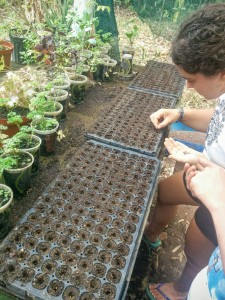
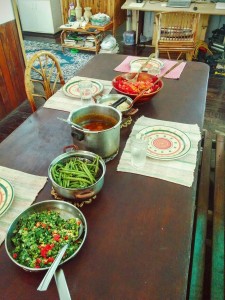
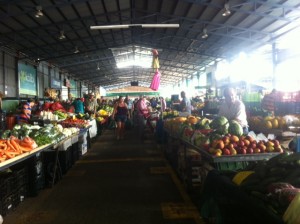


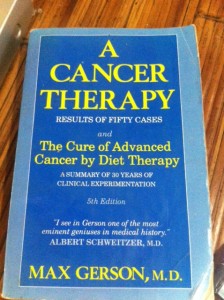


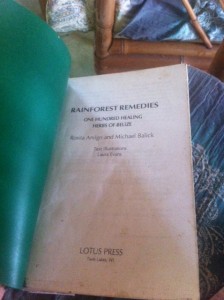

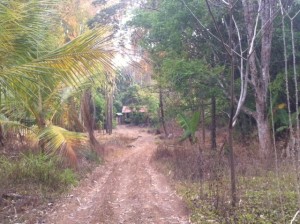
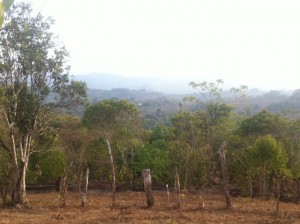
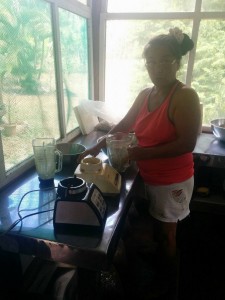
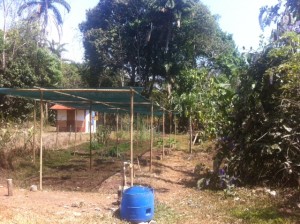
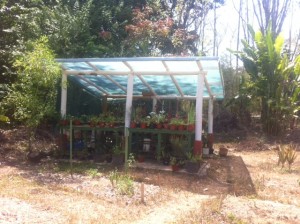
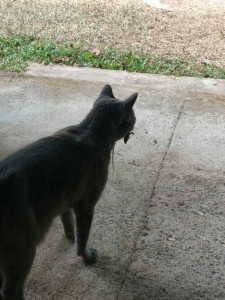
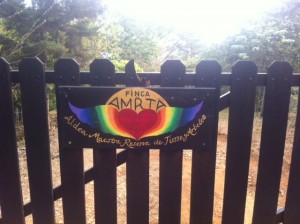
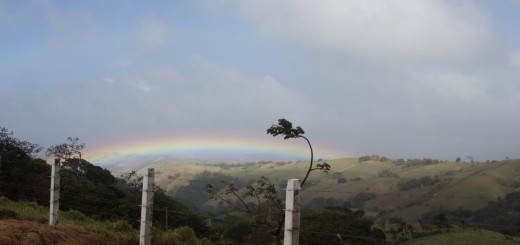


Recent Comments